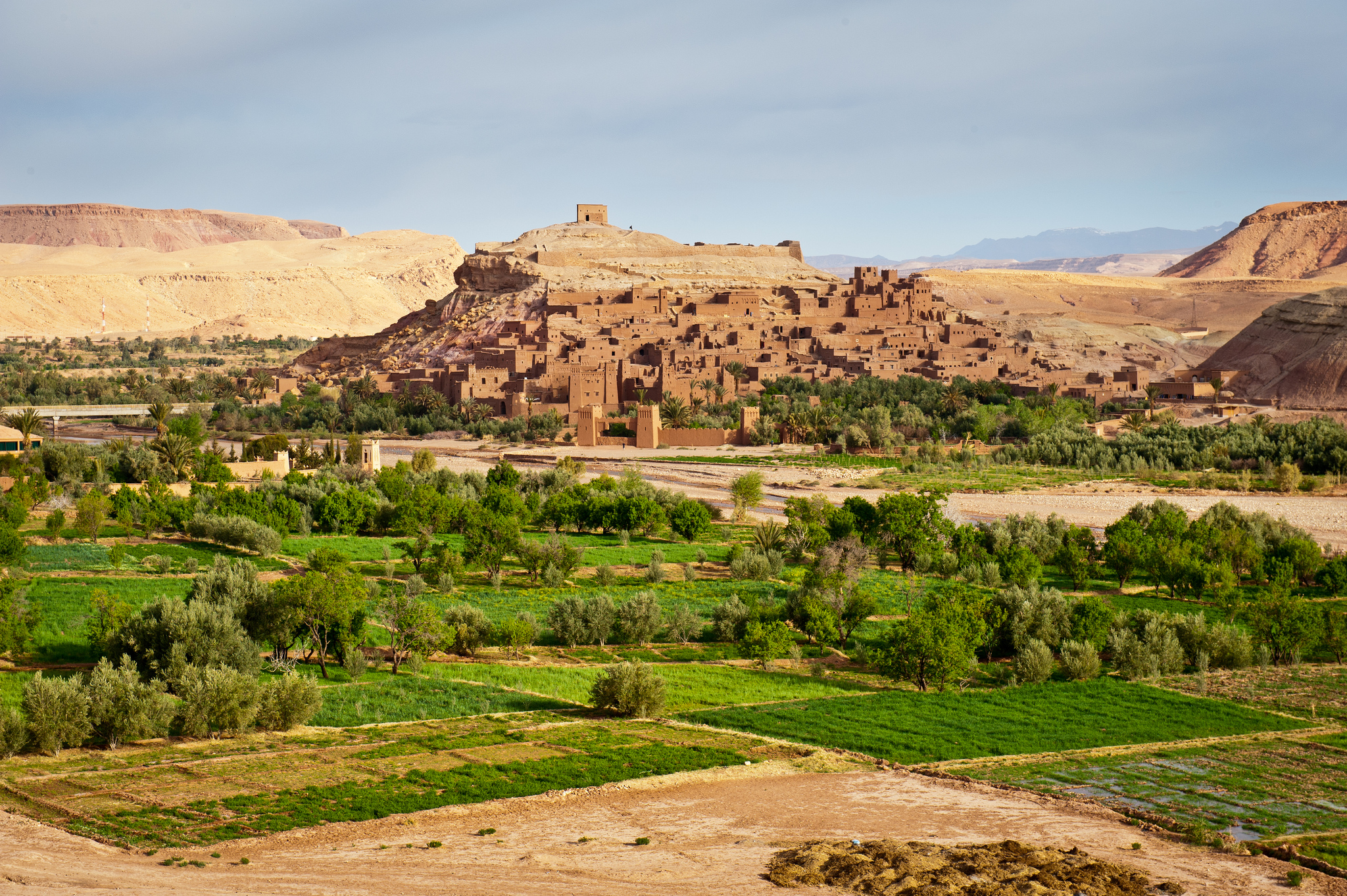landscape

Sustainable landscape management for improved livelihoods in the Middle East and North Africa
Program Summary
This PROFOR activity aims to build the necessary evidence base and rationale for developing a regional and harmonized program on landscape restoration and sustainable management in the arid, semi-arid, and desert areas of sub-Saharan Africa, the Maghreb, and the Mashreq.
Challenge
In MENA and sub-Saharan African countries, there is a growing awareness of the important social, economic and environmental roles played by forests, rangelands, and oasis landscapes. All of these ecosystems face threats from agricultural expansion and increasing demand for food, fiber, fuel, and minerals, as well as misguided agricultural policies.
There is also growing evidence of significant negative externalities from landscape degradation - including the impacts of climate change, biodiversity loss, air pollution, soil erosion, rural poverty, and migration. These issues are gaining political attention at the global, regional, and national levels, but while several initiatives have been launched to combat landscape degradation and strengthen resilience to climate change, more transformative investment is needed.
Approach
This activity will first review existing literature on the extent, impact, and economic costs of land degradation and desertification over the last couple of decades in MENA and Sub-Saharan African countries.
Subsequently, the team will assess progress made by national and regional restoration programs, and identify the primary barriers to furthering that progress using PROFOR’s PRIME framework. Other land restoration programs will be evaluated for lessons learned and applicability to the targeted regions, including experiences from China (e.g. the Green Wall Initiative) and the United States (e.g. actions taken to combat the Dust Bowl phenomenon).
Based on this analysis, this activity will explore how the World Bank can best leverage its convening power to bring together (and finance) restoration initiatives. An economic feasibility study will be carried out, looking at the potential for a regional program on landscape restoration and sustainable management.
Results
- Sustainable Land Management & Restoration in the MENA Region – Issues, Challenges and Recommendations
- Sand and Dust Storms in the MENA Region – Sources, Costs and Solutions
For stories and updates on related activities, follow us on twitter and facebook , or subscribe to our mailing list for regular updates.
Last Updated : 06-16-2024








